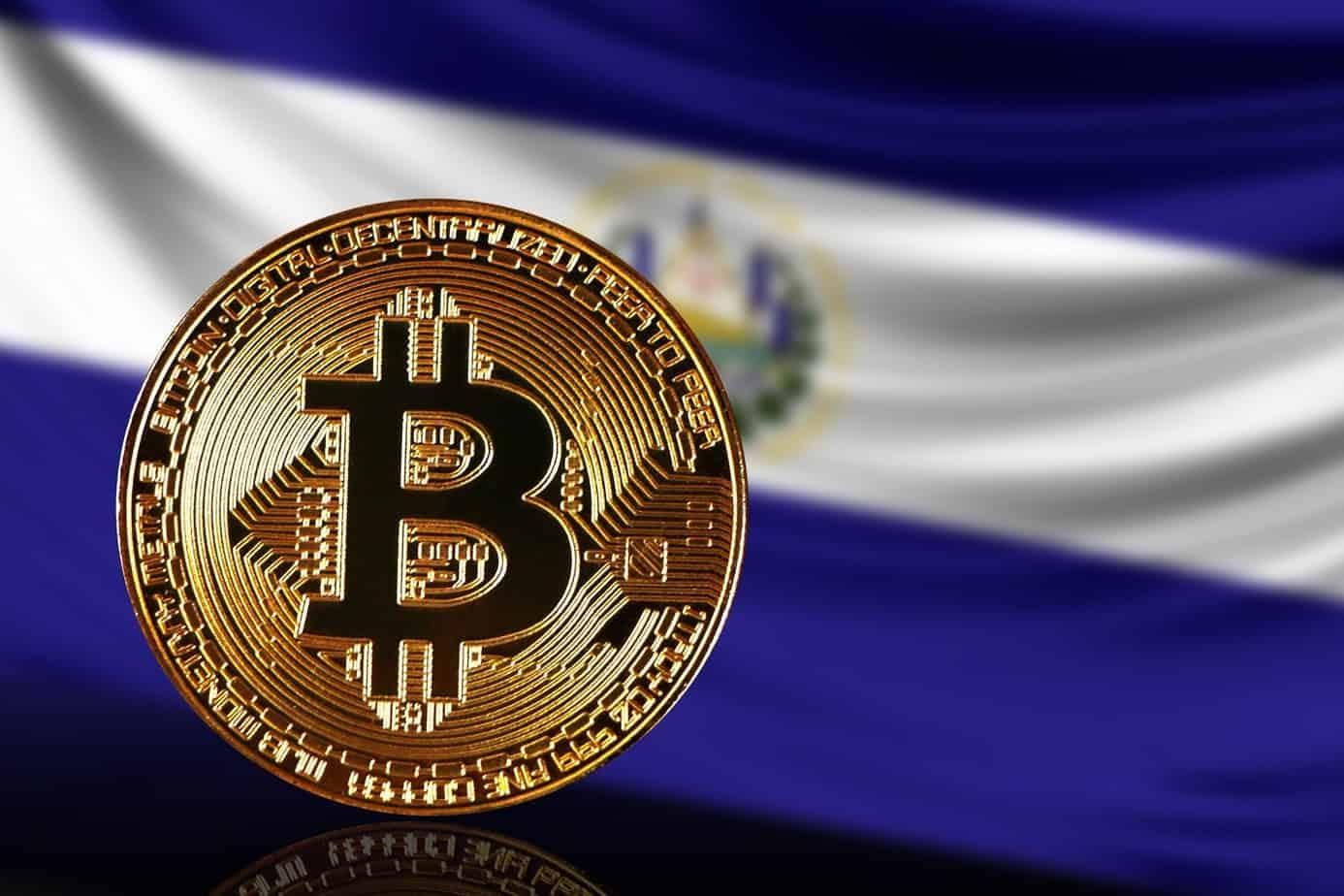2018-11-1 22:25 |
Cryptocurrencies are incredibly volatile. It’s the reason why you have incredible years with huge gains and profits like 2017, and poor performing years with sizable slumps like 2018. The last couple of years have seen cryptos gain as much as 13,000 percent and lose just as much this year.
It appears as if there’s no middle ground with cryptocurrencies. It’s either all highs or all lows. This has created the need for an abundance of crypto projects called stablecoins. A stablecoin is a form of cryptocurrency whose value is linked to real world assets, thus ensuring that its price gains or losses are connected to that of the asset.
This is in the hopes that it will help reduce instances of wild price fluctuations, thus bringing some semblance of sanity to the industry. The real question however is, can stablecoins solve the problem of extreme volatility? That’s what we intend to address in this article.
Cryptocurrency’s Major ProblemCryptocurrency projects have always been beleaguered with serious price volatility problems. Most of the time, this volatility is often caused by public or negative investor sentiments –prices go up when investors believe it’ll do well, and they fall when they don’t.
However, these price fluctuations are actually indicative of a much deeper problem: lack of trust in the cryptocurrency sector and its various coins. Investors do not trust that there’s no clear economic framework or regulatory structure.
Unfortunately, this lack of legal framework and regulations is one of the key features of cryptocurrencies. The idea of cryptos was centered on decentralization, zero trust, no permission and complete transparency. These tenets are in direct contradiction to the very essence of regulations, whether government or institutional.
Cryptocurrencies are meant to be everything that traditional fiat currencies are not, with the exception of it as a means of exchange. Unfortunately, it failed to take into consideration, the one single property that traditional fiat currencies and other important assets like gold and silver has: trust.
All cash and money have a history of reliability, trust and durability. You know that $1 is exactly just that, and has a predetermined purchasing power. The purchasing power of cryptos on the other hand, is contingent on investors.
For example, you could have easily bought a 2017 range Rover with just 10 BTC in January this year, when 1 BTC was equal to $18k+. If you were to attempt that today, it’ll cost you about 30 BTC. This lack of defined value is one of the major problems that cryptocurrencies have.
The reason cash is supposedly king is because the value remains consistent and the world trusts it. If cryptocurrencies are to be taken seriously, then it has to find a way to incorporate these attributes. So, while cryptocurrencies have a huge potential to take us to the next level of currency evolution, people have got to be sure of its reliability.
The only thing that’s certain is that money cannot remain in its current form for much longer anymore. The world is on the verge of a new order, and cash will be inadequate in that new world. Institutions like BIS, a parent organization governing all central banks in the world, ardently admits this. In its 2018, annual economic report, the document stated that:
“Sustained episodes of stable money are historically much more of an exception than the norm. In fact, trust has failed so frequently that history is a graveyard of currencies. Museums around the world devote entire sections to this graveyard – for example, room 68 of the British Museum displays stones, shells, tobacco, countless coins and pieces of paper, along with many other objects that lost their acceptability as exchange and found their way to this room.”
Stablecoin to the Rescue?With these issues, it is becoming increasingly clear that stablecoins just might what the industry needs to lend some semblance of stability to the crypto sector and get people to start trusting the coins.
With these tokens having their value tied to traditional currencies, precious metals or other assets, the wild fluctuations in crypto prices can be drastically reduced, thus bringing some sorely needed normalcy to that sector.
The stablecoin really looks like the beginnings of an answer and normalcy to the industry. Considering that they are relatively low risk and more reliable that the non-stable coins, they can be missing gap that needs to be filled. With them in place, the transition from physical cash to digital currencies might be easier, and the rate of adoption faster.
Stablecoins can either be collateralized or non-collateralized. In the case of the collateralized, its value can be determined by real world assets like precious metals, commodities or fiat currencies that are backing it.
For this, every unit of the crypto would have an equivalent stored away somewhere –usually a bank, independent vault or entity. The most popular of all stablecoins is Tether, which is pegged at 1 USDT to $1.
So, for every unit of Tether in circulation, there’s an equivalent backing it and stored in a bank somewhere. Others include Paxos Standard, Gemini Dollar, USD Coin, and TrueUSD. Non-collateralized stablecoins can be either crypto-backed or algorithmic, and their values determined by a set of non-alterable/immutable rules.
These may also be backed by other cryptos. These aren’t often as stable as the collateralized forms. In fact, they are often overvalued in a bid to keep them stable. For now, that model seems pretty flawed, and this is evident from the very limited number of these crypto-backed stablecoins –just one right now. This is the Maker Dai, which is pegged to the dollar and backed by ethereum.
The algo-backed non-collateralized cryptos are those that don’t have their value pegged to any coin or asset. They rely on the algorithm powering them to get the job done. These algorithms primarily do so by controlling the amount of tokens in circulation. A good example of this is Basecoin.
Can You Rely on Stablecoins?With the exception of Tether, most stablecoins are currently just being tested. There hasn’t been any evidence of stablecoins stabilizing the market and keeping the crypto market from extreme price fluctuations.
Maybe it’s because they are too few or there’s little or no adoption of these coins. The one thing we must all remember is that it’ll take a lot of effort and hard work to see these coins actually do what they were designed for.
Right now, even they are going through their own unique set of challenges. Tether for instance, has been attacked by critics, with many claiming they need to understand the mathematics behind the 1:1 ratio between it and the dollar.
Other accusations include a manipulation of its value because of its connections to prominent crypto trading exchange, Bitfinex. The reality is that no matter how justified and solid a stablecoin, you’ll always have hardcore cryptocurrency apologists opposing these tokens.
ConclusionStablecoins still have a long way to go, and it might really take some time before we’ll actually feel their effects on the crypto economy. In theory, they look like the appropriate solution to keeping prices stable, but in practice, it’s a lot harder to get them to work.
For now though, we’ll just have to wait and see if investors will start paying more attention to these coins. We’re pretty certain that if they can achieve decent adoption rate, that momentum can help snowball their popularity. Combine that with a very good stablecoin that works as well, and the industry just might start to rely on them to provide some sorely needed sanity.
origin »LikeCoin (LIKE) íà Currencies.ru
|
|
































